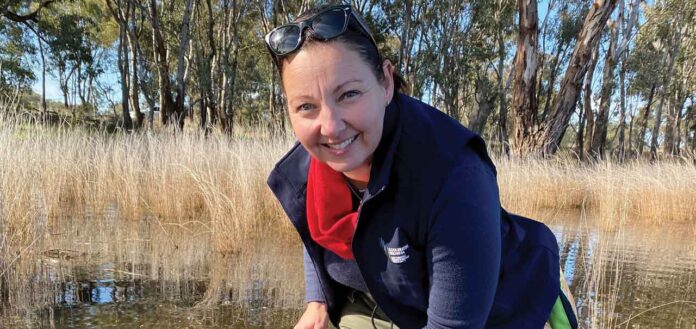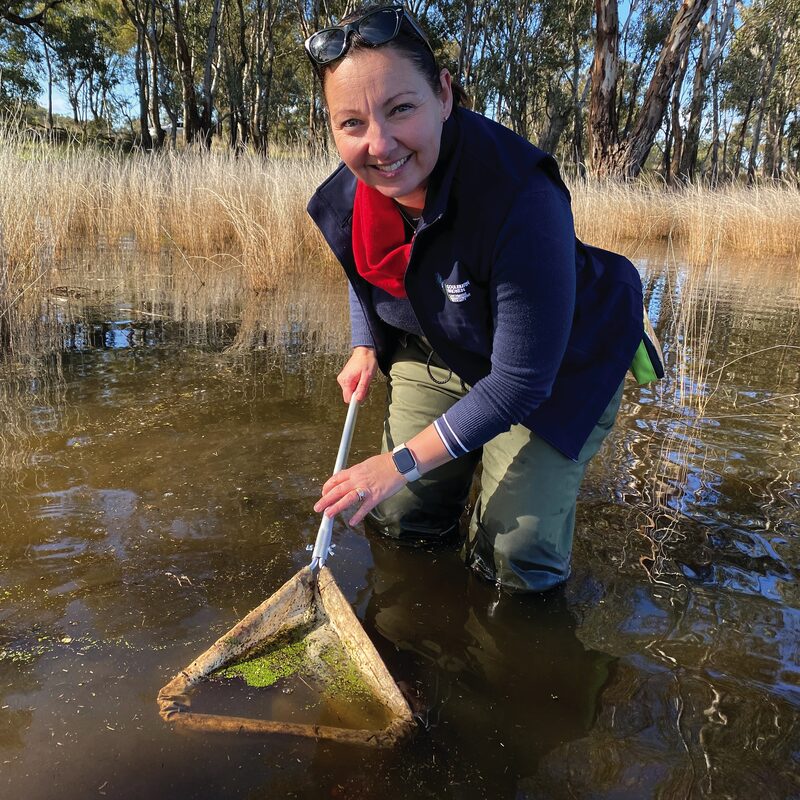
PREPARE for an incredible voyage of discovery! The Goulburn Broken Catchment Management Authority is taking a bold step by propelling a remarkable plant from our very own local rivers and wetlands into the vast expanse of space.
Duckweed is a small aquatic plant found on the surface of wetlands and farm dams within the catchment. It has been identified as a potential food source for people living in space in the future by researchers at the newly formed Australian Research Council Centre of Excellence in Plants for Space, based at the University of Adelaide.

Goulburn Broken CMA Environmental Water and Wetlands Officer, Jo Geddes, said the authority’s involvement in the project came about from her chance encounter with Plants for Space’s Chief Investigator, Professor Mathew Lewsey from La Trobe University, who invited the CMA to join the project’s collection team when he learned duckweed was found in the catchment.
“I got talking to Professor Lewsey when he was at a Plants for Space stand at the Avalon Airshow and it’s grown from there to us now being able to start collecting duckweed,” Ms Geddes said.
“Duckweed, which has the scientific name Lemna disperma, is green in colour and floats on the surface of the water. It’s most prolific during Spring when it flowers. This tiny native plant is classified as one of the smallest flowering plants in the world.
“When we’re out at rivers, creeks, streams and wetlands during the usual course of our work, the CMA’s waterways team will collect duckweed when they see it.
“We will take a small sample, place it in a ziplock bag and take it back to the office. From there it will be sent to the Plants for Space team in Adelaide for further analysis and barcoding of its DNA as part of the research.”
Living in space or Mars poses a lot of challenges, especially when it comes to food. Sending food into space is weighty and expensive. The Plants for Space project is investigating growing plants on space flights in carefully controlled growth chambers, or in vertical farms on Moon and Mars bases.
The high protein and nutrient content of duckweed, plus its ability to reproduce rapidly, make it a popular plant to study and possibly send into orbit. Ms Geddes said plant collection permits had been issued to GB CMA staff for the gathering of duckweed.





